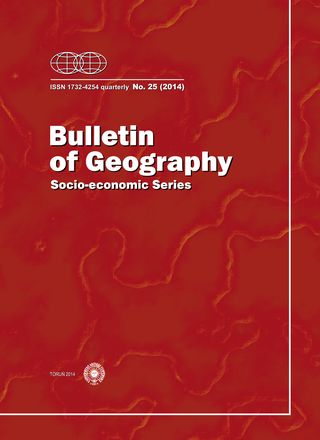Integrated planning of the development of a city in terms of the diurnal activity of its residents.
Integrated planning of the development of a city in terms of the diurnal activity of its residents.
Author(s): Jerzy Parysek, Lidia MierzejewskaSubject(s): Social Sciences
Published by: Wydawnictwo Naukowe Uniwersytetu Mikołaja Kopernika
Keywords: planning, integrated planning, activity of residents, Poznań, Poland
Summary/Abstract: The change in Poland's systemic conditions and its membership of the European Union make it necessary to take a new look at the organisation, structure and operation of the Polish planning system. In place of two, not always well coordinated, types of planning: socio-economic, now called strategic, and physical, integrated planning is proposed which seeks to combine those two categories into a single stream and treat the objects of planning as a functional whole. This type of approach is recommended by international organisations of urban planners (the New Athens Charter) and academic planners. Integrated planning of urban development is also written in the Leipzig Charter on Sustainable European Cities, an EU urban policy document. However, each planning procedure requires the adoption of certain initial assumptions on which to base the conception of an integrated plan of the socio-economic and spatial development of a city that would accommodate its natural, social and economic spheres. The special character of a city as a living environment (a large population number, high population density, many social structures, etc.) demands giving the assumptions an anthropocentric orientation, i.e. with human beings as the addressees of the planned measures. This means that human needs should figure most prominently in the formulation of the assumptions of urban development. And since man's diurnal activity is one of the best indicators of articulated needs, an analysis of this activity can provide a basis for the formulation of development assumptions. In this paper we present a general model of integrated planning of the development of a city formulated primarily in terms of the diurnal activity of its residents, but also employing other factors.
Journal: Bulletin of Geography. Socio-economic Series
- Issue Year: 2014
- Issue No: 25
- Page Range: 143-153
- Page Count: 11
- Language: English

